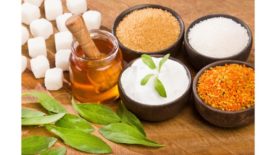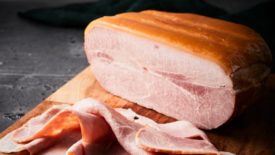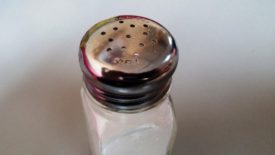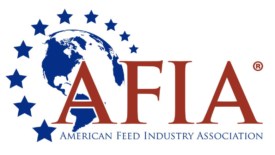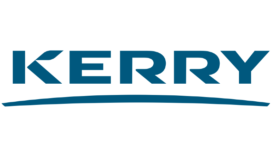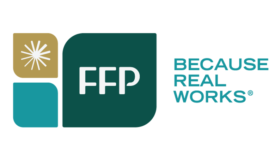Home » Keywords: » ingredients
Items Tagged with 'ingredients'
ARTICLES
Flavor Trends
Consumers seek to elevate at-home dining experiences.
Read More
Newly Weds Foods to sell for $4 billion
Redwood Holdings has agreed to buy food ingredient company Newly Weds Foods.
Read More
Interview with Brent Cator of Cardinal Meats
The National Provisioner sits down with the president and CEO of Cardinal Meats.
August 9, 2023
Sausage Report 2023: Innovation thrives in the sausage category
Consumers want convenience, value and product innovation.
Read More
Batory Foods acquires Ohio-based Tri-State Cos.
This acquisition strengthens Batory Foods' Northeast, Midwest and Southeast coverage.
Read More
Tech Topics: Sodium Reduction Ingredients
Reducing sodium while also adding flavor and taste
Processors face challenges in reducing the salt content while maintaining desired taste attributes and functional preservation.
Read More
Tech Topics: Sodium Reduction Ingredients
Potassium salt serves as a good stand-in for sodium chloride
Potassium is an under-consumed nutrient known to counter the effect of sodium on blood pressure.
May 17, 2023
Animix receives AFIA’s Premix and Ingredient Feed Facility of the Year award
Animix received the award during the AFIA’s Purchasing and Ingredient Suppliers Conference in Orlando.
Read More
Independent Thoughts
Talking consumer trends with The Kerry Group's Soumya Nair
Advice for anyone starting a food company.
March 23, 2023
FFP helps IPPE 2023 attendees "meat the perfect match"
Visitors can discover more about FFP’s portfolio of ingredient solutions at IPPE booth #BC9419.
Read More
Get our new eMagazine delivered to your inbox every month.
Stay in the know with The National Provisioner's comprehensive coverage of the meat and poultry processing industry.
SUBSCRIBE TODAY!Copyright ©2024. All Rights Reserved BNP Media.
Design, CMS, Hosting & Web Development :: ePublishing





